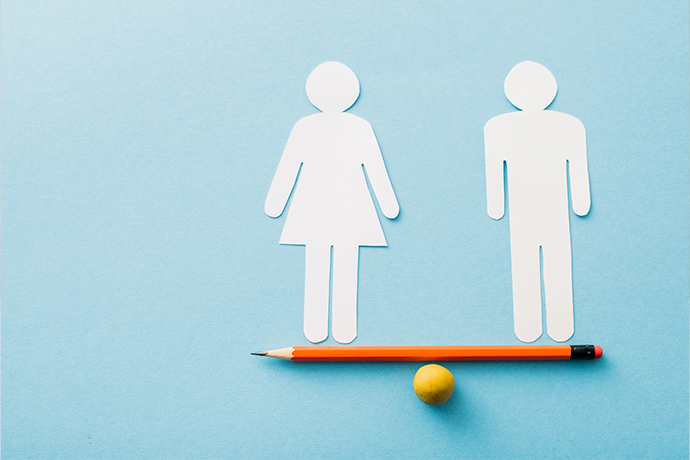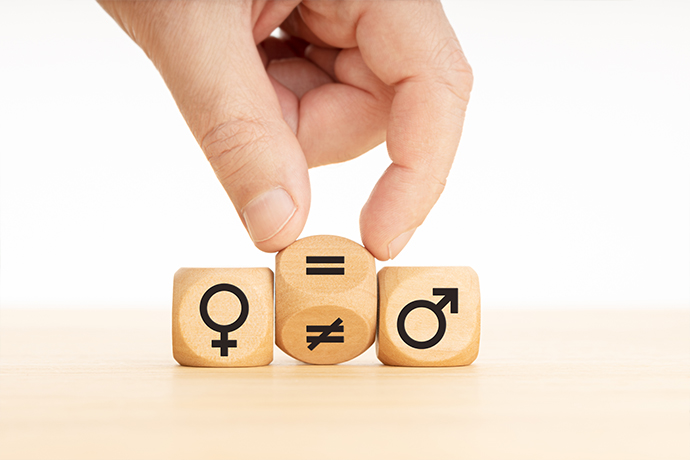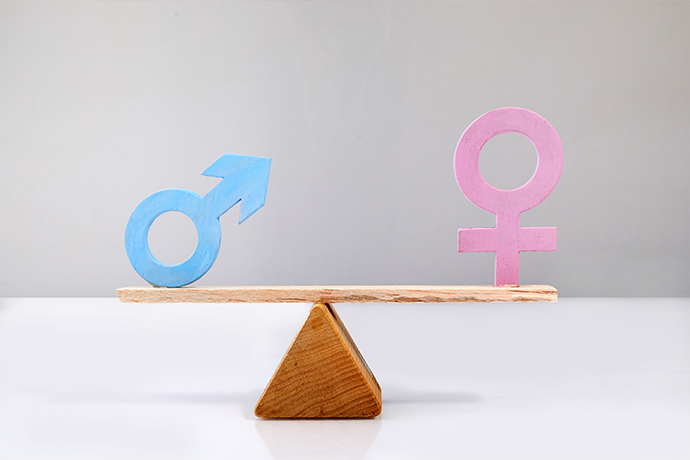 SPEAKERS
SPEAKERS
 TOPICS
TOPICS
Gender equality is crucial for thriving communities and human rights. It ensures equal rights, opportunities, and responsibilities regardless of gender. This post addresses common queries on this topic.

A lot of research has been done on gender equality and its impact on society. One thing that remains constant in all the myriads of research is the importance of gender equality for a community to thrive. Gender equality is vital to harmonious societies and human rights in general.
Equality does not involve making all genders the same, but that all genders’ rights, opportunities, and responsibilities are not dependent on the gender they are allocated at birth.
In this post, we will try answering some of the most common queries around this topic, including gender equality meaning. Let’s get started.
What is gender equality? There are a lot of definitions around it, others obsequious towards a specific gender. However, gender equality or equality of the sexes, is a state where every gender has equal access to opportunities and resources. It is the state of valuing different needs, behaviour, and aspirations regardless of gender.
This is not a female issue; gender equality should concern all genders. It is a human rights issue, an indicator of and precondition for sustainable community development.

Gender equality meaning may differ in real life. To truly make progress, gender inequality in all its forms—which contributes to the poverty cycle—must be eradicated. Here's a broad overview of how gender equality can help out in society.
One of the many gender equality facts is that it is estimated that women around the world do at least three times as much unpaid work in their homes as men. All these include caring for children, household work, and caring for family members. This is in addition to some of them working part-time or full-time careers.
In such a setting, gender equality would be necessary in that it splits up at-home work evenly among all genders in the household. This will help ease the challenges in taking care of the family from the woman.
All genders need to feel free and safe from bullying or sexual harassment despite the group settings they belong to. Whether it's in the workplace, at home, within a religious setting or a community centre, prejudice based on gender should not be tolerated. A society that values gender equality does not condone harassment or offensive comments of any form.
The pay gap between men and women is a great subject of opposition all around the world. This mostly affects mothers. Gender equality in the workplace involves gender balance in salary payment for equal work regardless of gender.
Gender equality in the workplace also means that a woman is entitled to go back to work as usual after going on maternity leave. She should still be considered for pay raises, promotions, and other career opportunities that she would have received before going on maternity leave.
When it comes to gender diversity in the workplace, it mainly focuses on political beliefs, ethnic groups, education, sexual orientation, age, religion, and mental and physical conditions, in addition to other distinct qualities and attributes among people.
The process of being fair to all genders is known as gender equity. For this to be effective, certain strategies and measures must be made available often. This will help compensate for the many social disadvantages women have gone through over the years. These disadvantages usually prevented women and men from operating on a fairground.
Most of the time, equity leads to equality. Gender equality values equal advantages among all genders gained from socially valued opportunities, rewards, goods, and resources.
In a society where gender inequality exists, women's rights are usually the most affected. Most women are excluded from critical decision-making and gaining access to social resources.
Thus, one key aspect of ensuring gender equality is through empowering women. This should be done with a focus on addressing power imbalances and allowing women to have more autonomy to manage their lives.
However, gender equality does not imply that men and women should be the same, but rather that a person's ability to participate in important decision-making processes should not be impeded by their gender. This will, in turn, ensure that both men and women fully participate as equal partners in reproductive and productive life.

Gender equality is of great significance within this context. When there is gender equality, women and men alike are able to make conscious decisions around their reproductive health.
In most cases, women's right are usually the most affected. Research shows that, when a woman is denied the opportunity to work or get higher education, the fertility rate is bound to go up more than the global average (2.4 births for every woman).
When fertility is increased, population growth also increases. A population where opportunities are not distributed equally among all genders leads to degradation of society.
Further, countries that have recorded high fertility rates have had reports of gender inequality in education as well. Some of these places include Mali, DRC, Sub Saharan Africa, Southeast Asia and the Middle East.
When gender equality is implemented in a society, decision-making in regard to timing of births, age of marriage and contraception will without a doubt improve.
Gender equality is the state where allocation of human rights and access to opportunities is not limited to a certain gender. It is a state that affects and involves every gender, including men, transgenders, and even gender non conforming persons.
A common myth is that gender equality only involves women and their rights. Gender equality aims to create a society where men and women have equal rights, obligations, and opportunities in all areas of life.
Attaining gender equality doesn't necessarily mean that all genders will require similar resources but that there will be no discrimination in offering rights or assigning responsibility among all genders. This is a vital addition to equal opportunities.